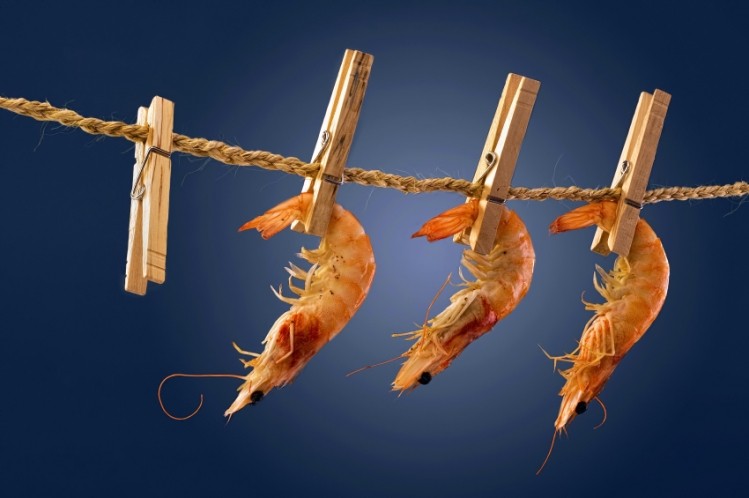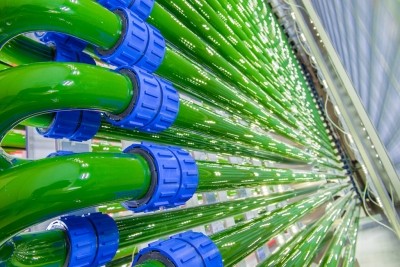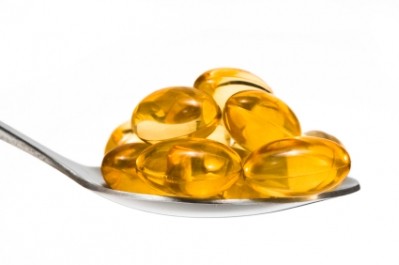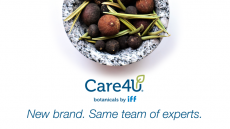Shrimp waste: A cheap solution for sourcing natural astaxanthin?

Up to 50% of the raw material from commercial shrimp production ends up as waste – which is often discarded or thrown into the sea, say the research team writing in Food Chemistry.
Yet the large amounts of waste produced by the sea food industries has great potential to recover astaxanthin for nutraceutical applications.
“Utilisation of shrimp wastes to produce astaxanthin leads to better waste management and ensures sustainable production,” said the team, led by Kandra Prameela from the GITAM Institute of Technology in India.
“Depending on the species, size and shelling procedure, these body parts comprise 40–50% of the raw material and are generally discarded as waste,” the authors added – noting that Indian shrimp processing industries alone produces more than 150,000 tonnes of shrimp waste annually.
The new review is not the first to make such suggestions. Last year we reported on Spanish research that suggested carotenoid and astaxanthin production from crustacean industry’s waste had “potential interesting applications as a food ingredient.”
According to FAO data the crustacean processing industry leaves behind a sizable amount of waste—750,000 tons of crustacean shells in Europe and 1.5 million tons in Southeast Asia alone.
“The establishment and development of economically viable, eco-friendly process to industrial application can be regarded as an important step towards their effective future," wrote the Indian research team in the new study.
Technical review
Prameela and colleagues review looked at a variety of applications and compared the advantages and disadvantages of a variety of currently available methods for the extraction of astaxanthin.
The team noted that while there are obvious applications for astaxanthin in the nutraceutical and animal feed sectors, there is also commercial interest in the pigment as a colorant in oil based foods such as cheese, meat soups, butter, ice cream and other confectionary foods.
A number of extraction methods, including the use of organic solvents, oils, supercritical fluid, enzymatic and microbial fermentation methods were explored by the team – who argue that some have potential for commercial scale.
“The development and application of novel methods in extraction of astaxanthin has grown markedly in the past few years,” they said – noting that the use of polar solvents “are generally considered as good extraction media.”
Despite this, the team noted that in the past 30 years, the recovery of carotenoids from shrimp waste by means of solvent has been limited to analytical purposes only.
“Although it is a very rapid and efficient process, there are some disadvantages of solvent extraction of astaxanthin such as time consumption, formation of emulsion and loss of bioactive functions of compounds. In addition to these, it requires a pre-concentration step and is a very complicated and laborious process,” said Prameela and colleagues.
“One interesting new technology for extraction of astaxanthin that offers an alternative to the more harsh chemical methods is fermentation by using microorganisms,” they noted – adding that the use of microbial fermentation method has many advantages over chemical extraction methods as it is more eco-friendly and enhances the recovery and stability of astaxanthin.
Furthermore, they said that the use of enzymatic hydrolysis has shown potential, but had resulted in bitter tastes.
Source: Food Chemistry
Volume 237, Pages 121–132, doi: 10.1016/j.foodchem.2017.05.097
“Next generation nutraceutical from shrimp waste: The convergence of applications with extraction methods”
Authors: Kandra Prameela, et al













